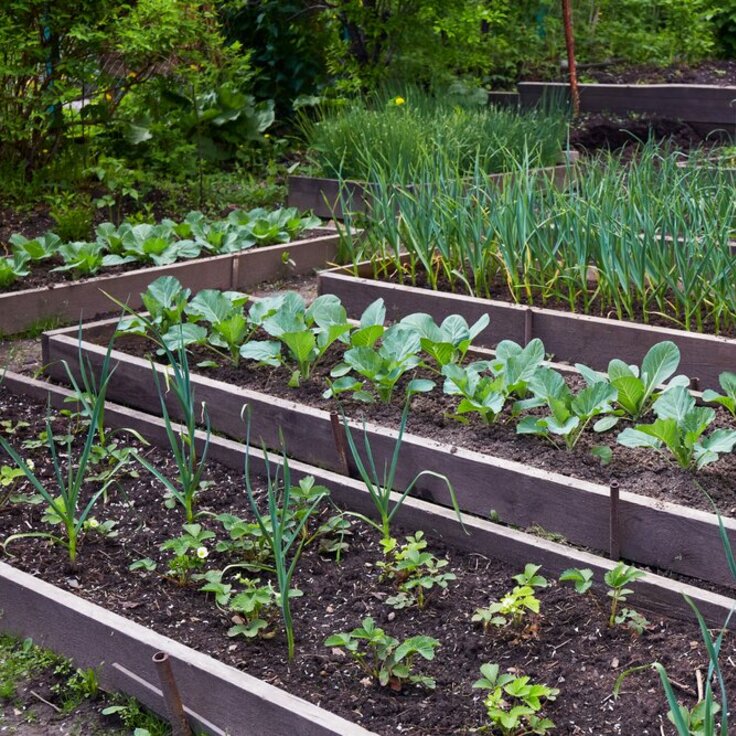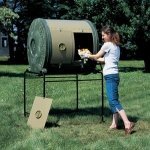Pruning in Winter: What You Can Prune and When?
The winter season is often perceived as a quiet time for gardens, but it's actually the perfect opportunity to get out your pruning tools. Pruning during these colder months not only keeps your garden tidy but also sets the stage for healthy growth when spring arrives. In this article, we discuss which plants can be pruned and when is the best time to do it.
1. Why Prune in Winter?
In winter, many plants and trees enter a dormant phase, reducing their vulnerability to damage and allowing them to recover faster. Here are the key benefits of winter pruning:
- Enhances plant health.
- Encourages new spring growth.
- Helps maintain the plant’s shape and structure.
Fun fact: Pruning in the winter helps to prevent diseases by reducing sap flow, which minimizes the spread of fungi.

2. Which Plants Can You Prune in Winter?
Not all garden plants are suitable for pruning during the colder months. Here's what you can prune:
Fruit Trees
Winter is an excellent time to prune fruit trees, like apple and pear varieties. Proper pruning helps increase light and airflow, which improves fruit production.
- When? From December to February, as long as there’s no frost.
- How? Remove dead or diseased branches and keep the crown open for better airflow.
Hedges
Evergreen hedges, such as boxwood and yew, benefit from a trim in late winter.
- When? In February or March, just before the new growth begins.
- How? Use a sharp hedge trimmer to achieve neat, clean lines.
Shrubs
Deciduous shrubs, like hydrangeas, can be lightly pruned in winter. Trim away old branches to encourage new growth.
- When? From January to March.

3. What to Avoid Pruning in Winter
Some plants should not be pruned in winter. Avoid pruning:
- Spring bloomers: Plants like magnolias and forsythia bloom on last year’s wood, so pruning them now will prevent you from enjoying their spring flowers.
- Roses: It's best to prune roses in the spring once the frost danger has passed.
Tip: Always check for bird nests in shrubs before pruning, as many birds use these plants for shelter during winter.
4. Tools Needed for Winter Pruning
To prune effectively, having the right tools is essential. Here are the must-have tools:
- Secateurs: For smaller branches and delicate tasks.
- Pruning Shears: For thicker branches.
- Saw: For larger trees and shrubs.
Visit a local garden center to find high-quality pruning tools. Check our list of garden centers here for all your needs!
5. Avoid These Common Pruning Mistakes
Pruning may seem easy, but a few mistakes can cause harm to your plants. Avoid these common errors:
- Pruning too much: Sometimes, less is more, especially with trees.
- Pruning in freezing conditions: This can cause damage to the plant.
- Using dull tools: Dull blades create jagged cuts that are harder to heal.
6. Post-Pruning Care
Once you've finished pruning, your garden will need a little extra care:
- Feed the soil with compost or fertilizer to strengthen the roots.
- Protect vulnerable plants by adding mulch to protect them from the cold.

Prepare Your Garden for Spring
By following these pruning tips, your garden will be well-prepared for a healthy spring growth. Be sure to get all the necessary tools and supplies at a garden center. Find a garden center near you via gardencenterguide.com.
Happy pruning, and see you in spring!








